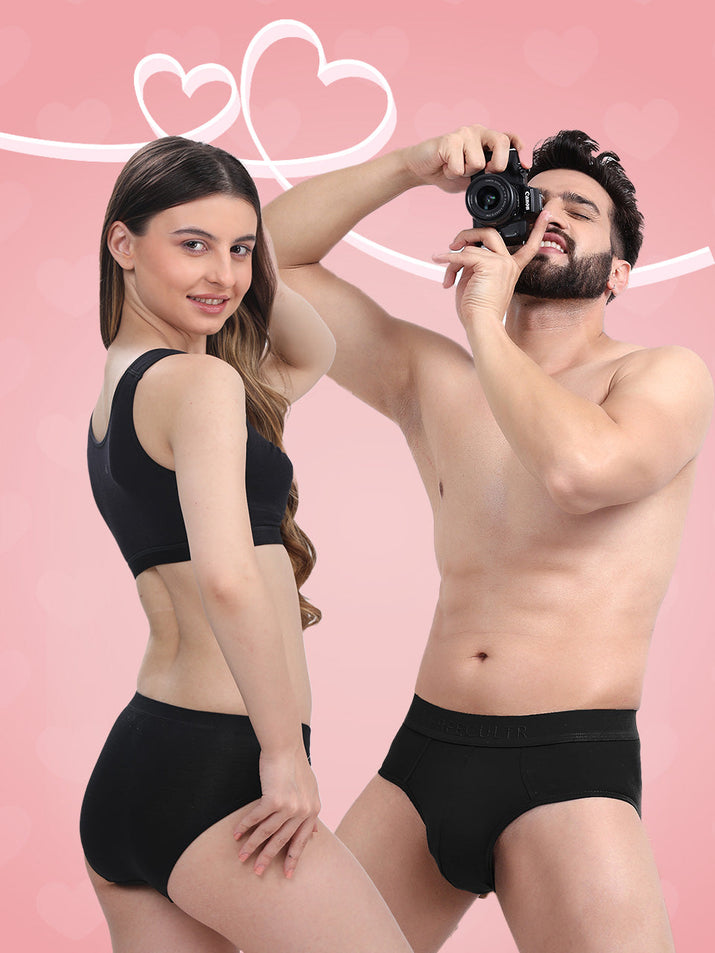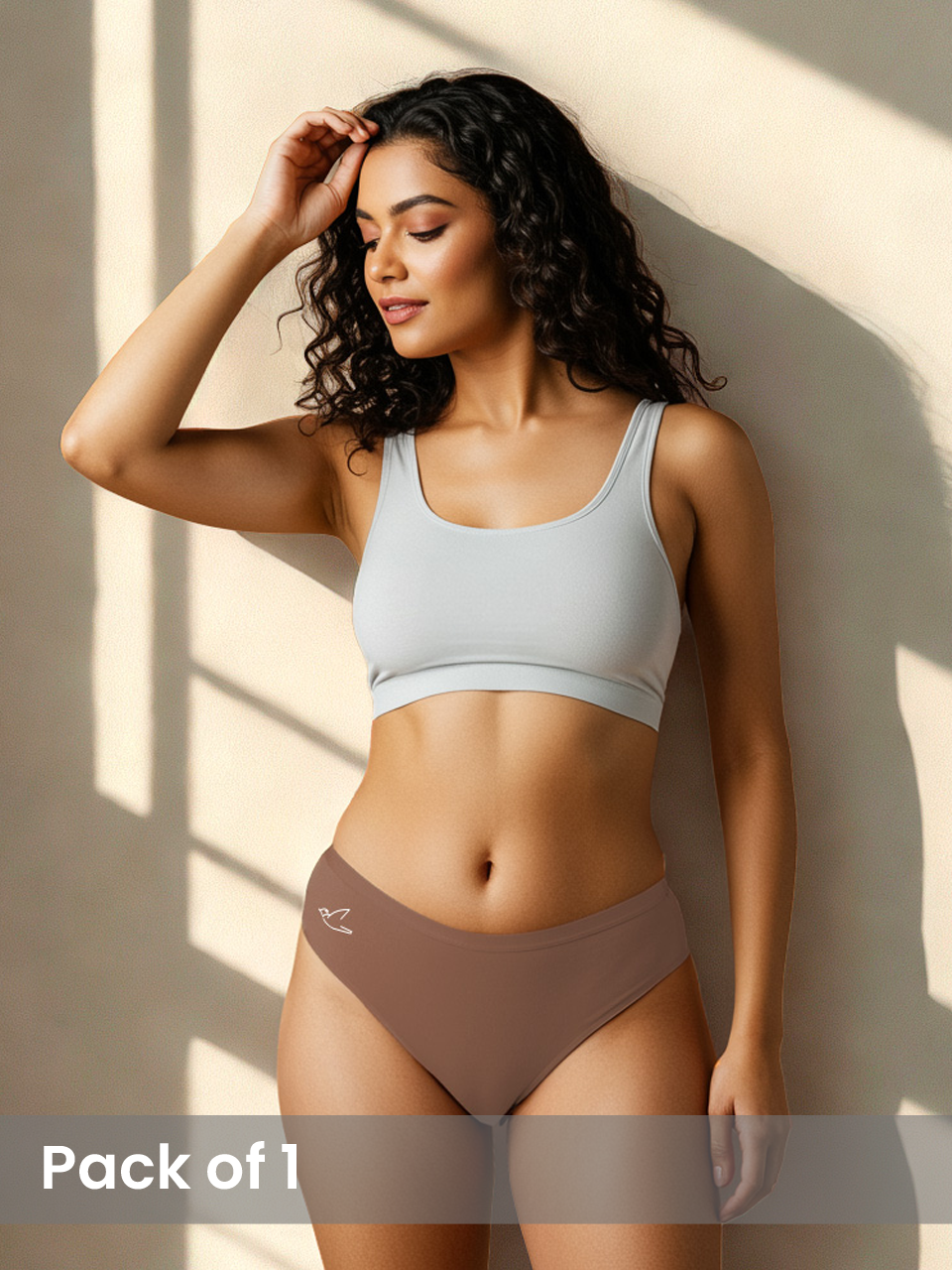The apparel industry is undergoing a seismic shift, moving beyond fleeting trends toward sustainable comfort and ethical production. Major players focus on traditional designs and materials, leaving a gap for innovative approaches. Freeculture is redefining "basics" by leveraging open-source design principles and community-driven feedback to create clothing that is not only comfortable and durable but also constantly evolving to meet user needs. This approach contrasts sharply with competitors' reliance on proprietary designs and mass production. We'll explore how Freeculture's collaborative model fosters superior fit, functionality. Sustainability compared to conventional brands, ultimately delivering enhanced value and fostering a more engaged consumer base.

Understanding the Freeculture Ethos: Beyond the Basics
Freeculture, at its core, is a movement that champions the freedom to distribute, remix. Build upon creative works. It transcends mere copyright reform; it's a philosophy that permeates every aspect of creation and consumption, including how we approach everyday essentials. Think open-source software, collaborative art projects, and, increasingly, a fresh perspective on basic goods like clothing. It's about empowering individuals to shape the world around them, fostering innovation. Promoting accessibility. Unlike closed, proprietary models, Freeculture fosters a collaborative environment where improvements are shared. Knowledge is democratized.
Deconstructing "Basic": More Than Just Functional
What does "basic" even mean in the context of clothing? Traditionally, it signifies simple, functional garments designed for everyday wear. Think t-shirts, jeans, socks. Underwear. But, Freeculture challenges this limited definition. It asks: can't "basic" also be ethically sourced, sustainably produced. Culturally relevant? Can't it be customized and adapted to individual needs and preferences? Freeculture redefines "basic" as a starting point for self-expression, a canvas for cultural narratives. A foundation for conscious consumption.
Freeculture's Approach to Fashion and Comfort: The New "Basic"
Freeculture’s innovative approach is perfectly reflected in the Freeculture brand, which is built on the principles of open design, ethical production. Community collaboration to redefine basic apparel. This isn't just about making clothes; it's about crafting a movement. Here's how Freeculture elevates the concept of "basic":
- Open Source Designs: Freeculture may offer open-source patterns and designs for its clothing, allowing anyone to modify, adapt. Share their creations. This fosters a community of makers and encourages innovation in garment construction and design.
- Ethical and Sustainable Sourcing: Freeculture prioritizes ethically sourced materials, such as organic cotton, recycled fabrics. Innovative sustainable alternatives. This ensures fair labor practices and minimizes environmental impact.
- Customization and Personalization: Embracing the Freeculture ethos, the brand might offer customization options, allowing customers to personalize their garments with unique designs, colors. Fits. This empowers individuals to express their individuality and create truly unique pieces.
- Community-Driven Development: Freeculture actively involves its community in the design process, soliciting feedback and incorporating suggestions into new product development. This ensures that the clothing meets the needs and preferences of its users.
- Transparency and Traceability: Freeculture champions transparency in its supply chain, providing detailed details about the origin of its materials, the manufacturing processes. The labor practices involved. This allows consumers to make informed purchasing decisions and support ethical businesses.
Freeculture vs. Traditional Apparel Brands: A Comparative Look
How does Freeculture's approach stack up against traditional apparel brands? Let's consider a few key areas:
| Feature | Freeculture | Traditional Apparel Brands |
|---|---|---|
| Design Philosophy | Open source, collaborative, customizable | Proprietary, top-down, mass-produced |
| Sourcing | Ethical, sustainable, transparent | Often opaque, focused on cost reduction |
| Community Engagement | Actively involved in design and development | Limited interaction, focus groups |
| Pricing | Potentially lower. Long-lasting quality | Variable, often driven by fast fashion trends |
| Fashion and Comfort | Prioritizes both Fashion and Comfort with sustainable and ethical practices | Fashion is often prioritized over comfort and ethical considerations |
Traditional apparel brands often prioritize profit margins and fast fashion trends, leading to unsustainable practices and a disconnect from their consumers. Freeculture, on the other hand, prioritizes ethical considerations, community engagement. Long-term value. This difference is evident in the quality of materials, the transparency of the supply chain. The overall user experience.
Real-World Applications: Fashion and Comfort in Action
Imagine a community of designers and makers collaborating on a new line of t-shirts, using open-source patterns and ethically sourced organic cotton. Customers can then customize these t-shirts with their own designs, creating unique pieces that reflect their individual style. This is the power of Freeculture in action. Here are a few more examples:
- Open-Source Sewing Patterns: Individuals can download and modify sewing patterns to create their own clothing, fostering creativity and self-sufficiency.
- Community-Based Workshops: Freeculture communities can organize workshops where individuals can learn sewing skills and create their own garments from recycled materials.
- Collaborative Design Projects: Designers can collaborate on open-source fashion projects, sharing their skills and knowledge to create innovative and sustainable clothing designs.
Freeculture encourages individual expression and community collaboration. It transforms the act of getting dressed from a passive consumption into an active participation in a creative and ethical process. It is about embracing Fashion and Comfort in the most sustainable and responsible way.
The Technological Underpinnings: Open Source and Beyond
Several technologies enable the Freeculture approach to apparel:
- Open-Source Design Software: Tools like Inkscape and Blender allow designers to create and share their designs freely.
- 3D Printing: 3D printing can be used to create custom clothing accessories and even entire garments, enabling personalized fashion.
- Blockchain Technology: Blockchain can be used to track the origin of materials and ensure ethical sourcing practices, providing transparency to consumers.
- Collaborative Platforms: Online platforms like GitHub and GitLab facilitate collaboration on open-source design projects.
These technologies empower individuals and communities to create, share. Innovate in the realm of fashion, breaking down the barriers to entry and fostering a more democratic and sustainable approach to apparel.
Freeculture: A Vision for the Future of Fashion
Freeculture represents a paradigm shift in the way we think about clothing and Fashion and Comfort. It moves beyond the traditional model of mass production and consumption, embracing ethical considerations, community engagement. Individual expression. By empowering individuals to shape the world around them, Freeculture is creating a more sustainable, equitable. Creative future for fashion. Freeculture makes it possible to redefine basics, create unique pieces and embrace sustainability.
Conclusion
Freecultr isn’t just redefining basics; it’s building a future where comfort and cultural expression are seamlessly intertwined. We've seen how their commitment to breathable fabrics, unique designs. A strong brand identity sets them apart. Thinking about my own experience, I used to dread underwear shopping. Freecultr has genuinely made it exciting, even a little rebellious. The key takeaway here is that Freecultr understands that basics aren't just about functionality; they're about feeling good and expressing yourself. To truly implement this in your own purchasing decisions, prioritize brands that resonate with your values and offer a balance of comfort and style. Consider investing in a few high-quality pieces that you genuinely love instead of settling for generic options. Measure your success not just by the price tag. By how confident and comfortable you feel wearing them. Remember, feeling good starts from the foundation up. Freecultr gets that. Visit their website here.
More Articles
Why is Freecultr the underwear Gen Z actually cares about?
How does Freecultr match every mood and outfit?
Why do men feel more confident in Freecultr?
What makes Freecultr boxers a daily essential?
FAQs
Okay, 'Comfort Meets Culture' sounds neat. What is Freeculture actually doing differently with 'basics'?
Good question! It's not just about slapping a cool print on a t-shirt. Freeculture is rethinking everything – from the fabrics we use (think sustainable and incredibly soft) to the cuts (designed for real bodies, not just runway models) and even the production process (ethical and transparent). We're building basics that feel good and do good, inspired by diverse cultures.
So, is Freeculture just another 'ethical' brand riding a trend? What makes it stand out?
Totally fair to ask! Plenty of brands hop on the bandwagon. But Freeculture goes deeper. We genuinely collaborate with artisans and communities worldwide, drawing inspiration from their traditions and incorporating them into modern designs. It's about honoring cultural heritage, not appropriating it. Plus, we're committed to fair wages and sustainable practices every step of the way – it's baked into our DNA.
What kind of 'basics' are we talking about, exactly? Just clothes?
For now, mostly! We're focused on wardrobe staples: tees, pants, dresses. Outerwear. Things you reach for every day. But we're dreaming big! Think home goods, accessories…anything where we can bring that blend of comfort, culture. Conscious production to the table.
Alright, you've convinced me it's more than just a gimmick. But are these 'basics' actually comfortable? Some ethical fabrics can be a bit scratchy, you know?
Believe me, we hear you! No one wants an itchy sweater. That's why we're obsessed with finding the softest, most comfortable sustainable materials possible. Think organic cotton, bamboo blends, even innovative fabrics made from recycled materials that feel amazing against your skin. We're talking cloud-like comfort here.
How does Freeculture make sure the cultural elements are respectful and authentic?
This is super vital to us! We prioritize genuine collaboration with artisans and communities. We learn from them, compensate them fairly. Ensure they have creative control over the designs that represent their heritage. It's a partnership, not a one-way street.
Okay, sustainability and cultural respect sound expensive. Are Freeculture's basics going to break the bank?
We interpret that price is a factor! We're not the cheapest option out there. We strive to offer fair pricing that reflects the quality of the materials, the ethical production practices. The unique cultural value of each piece. Think of it as an investment in a wardrobe you can feel good about, inside and out. Plus, these are pieces designed to last!
What if something doesn't fit or I don't like it once I receive it?
No worries at all! We want you to be completely happy with your Freeculture purchase. We have a hassle-free return policy. Just check out the 'Returns' section on our website for all the details.






